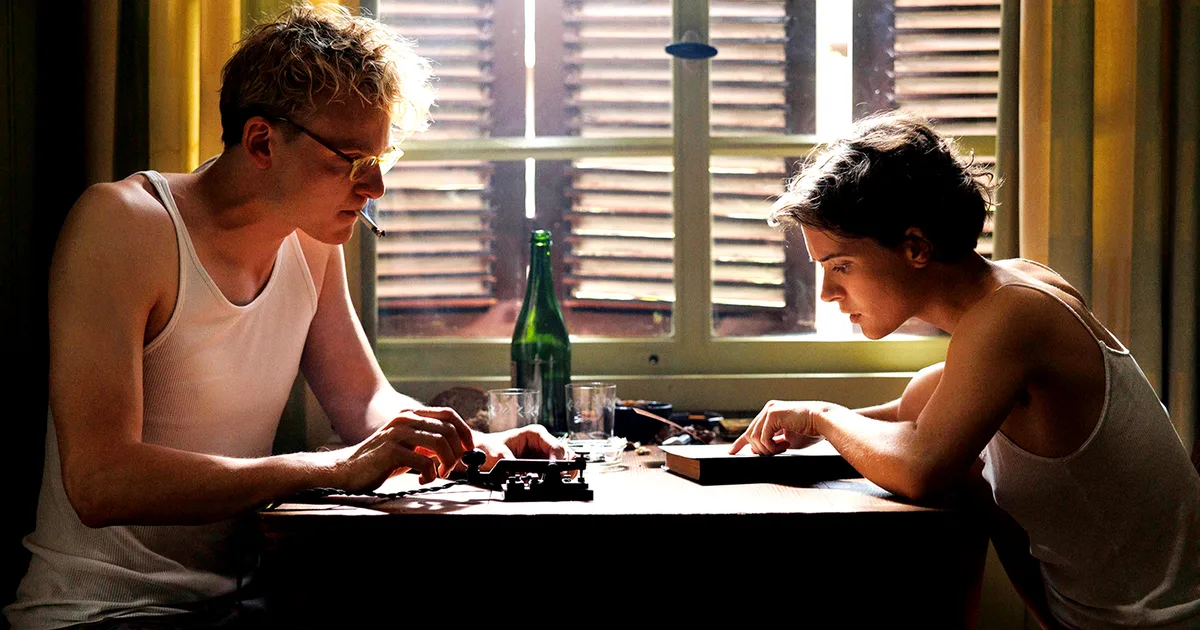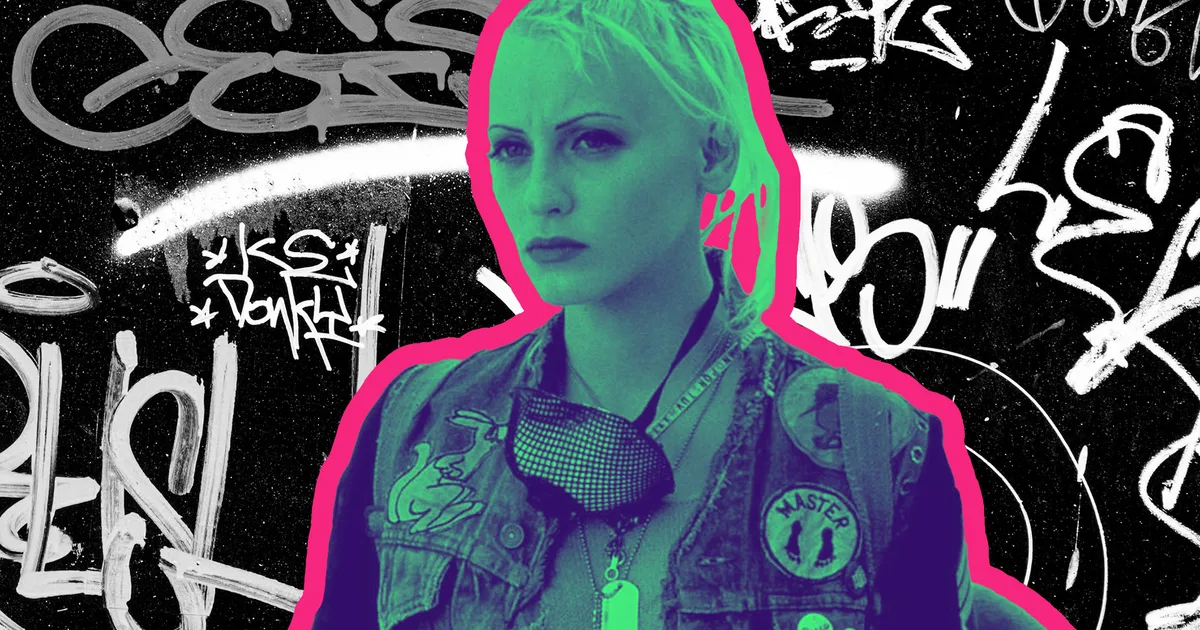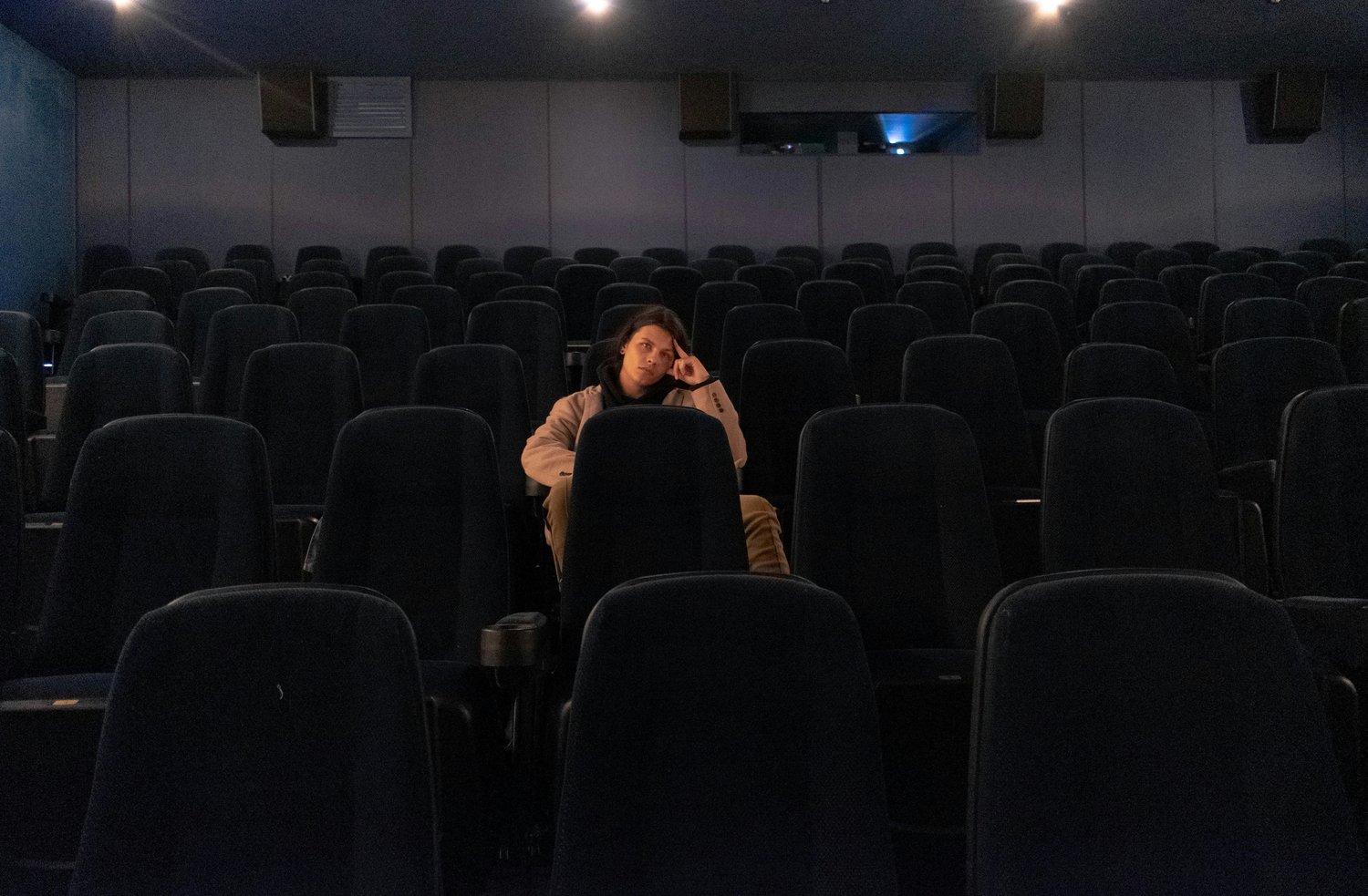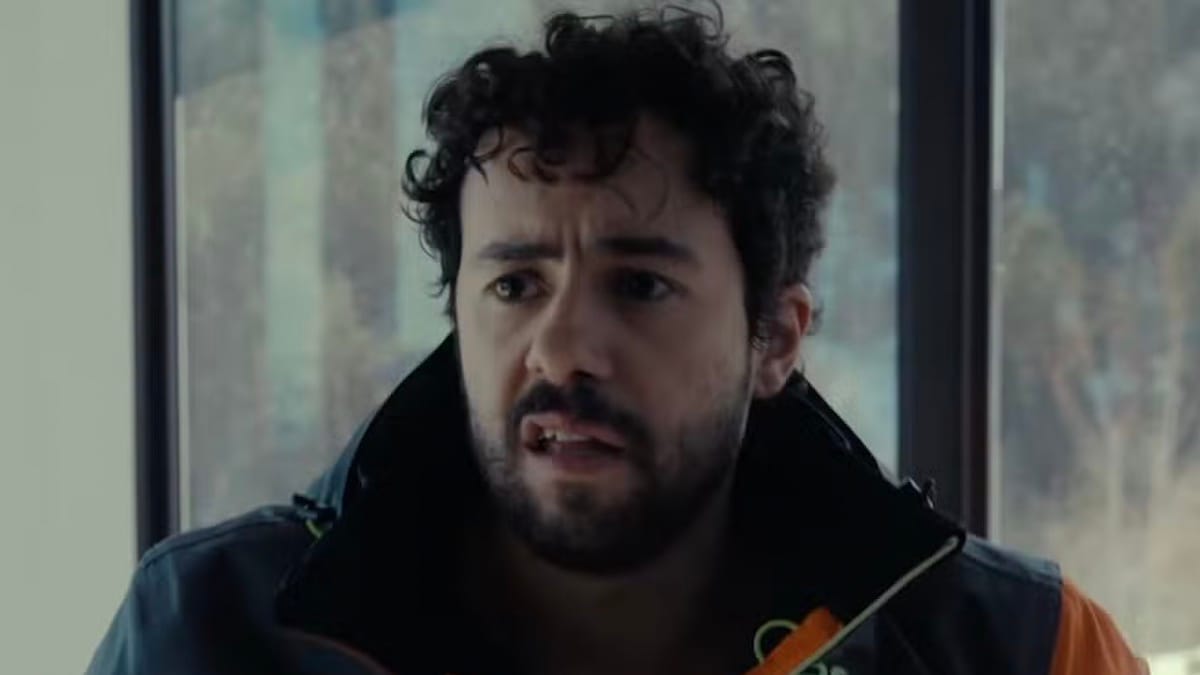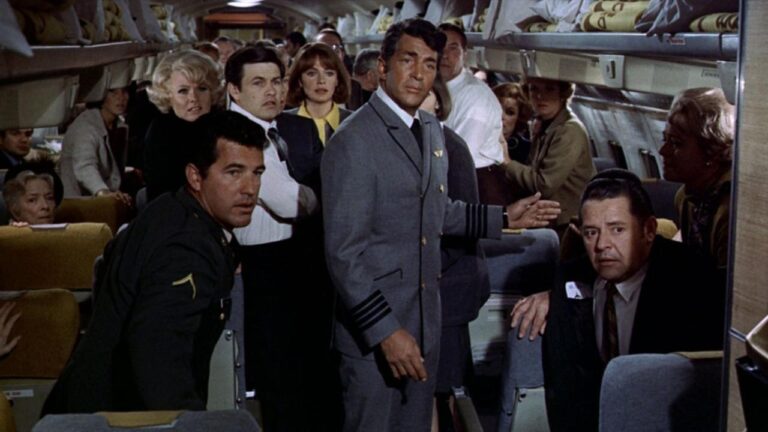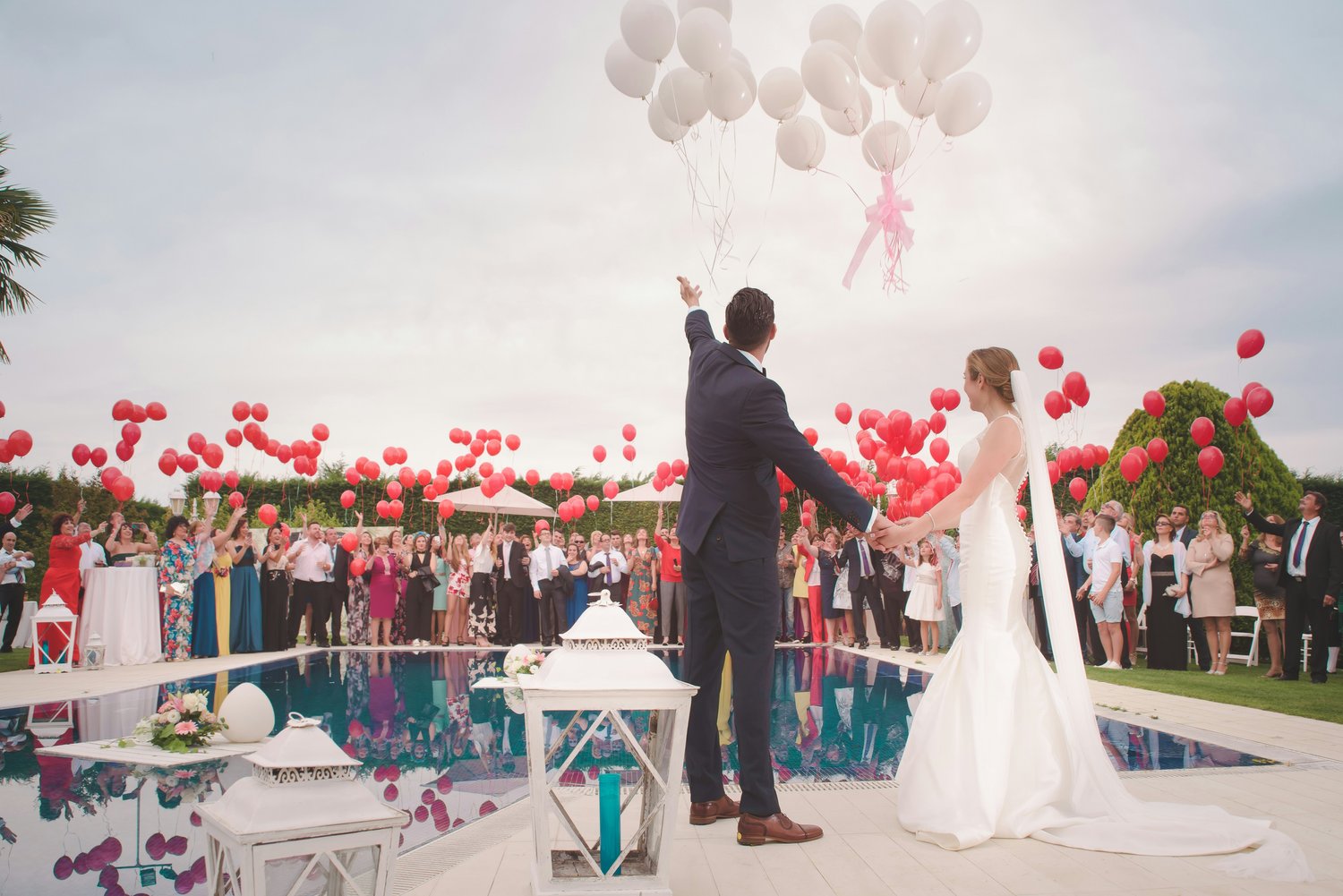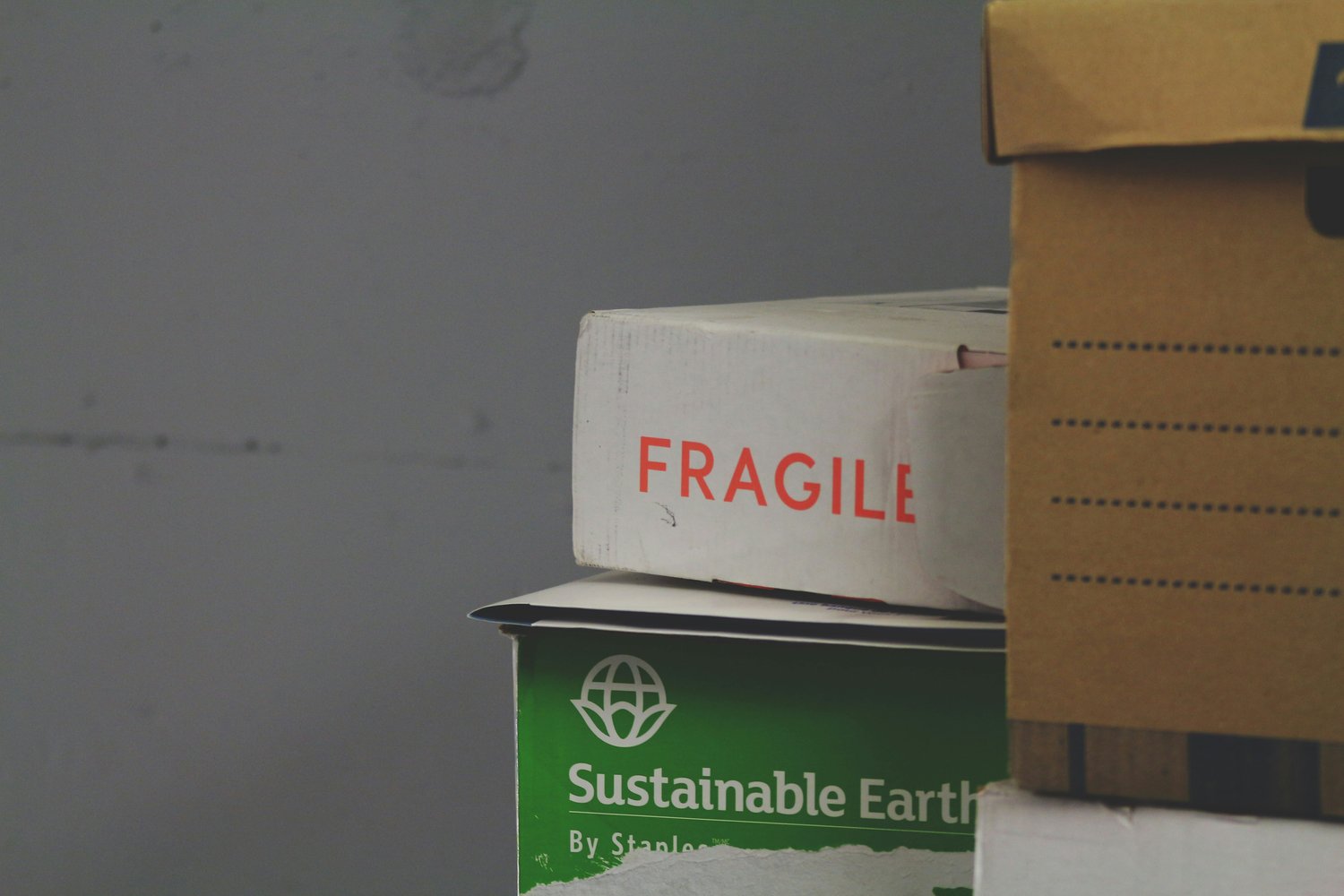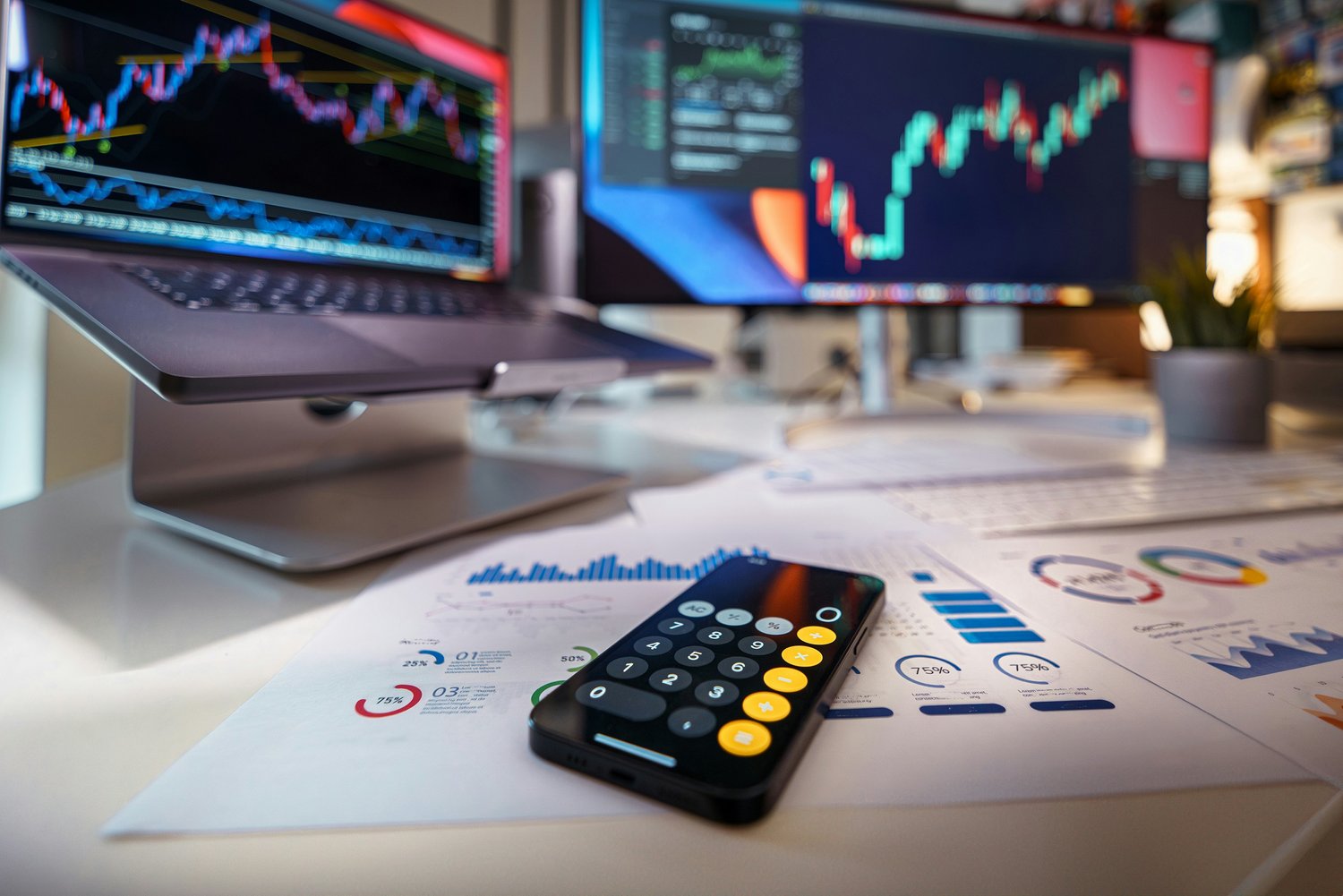
Hollywood may not be the first thing that comes to mind when we think about project management. However, blockbuster movies are among the world’s most ambitious, riskiest, most logistically challenging endeavors. Tight deadlines, hundreds or thousands of contributors, multimillion-dollar budgets, and intense public scrutiny are all part of these cinematic giants. The film director, who is not all that dissimilar from an experienced project manager, is at the helm.
Examining the backstage operations of big-budget films offers valuable insights into leading teams, dealing with ambiguity, and producing outcomes. Here are some lessons from the director’s chair on project management that we can learn from blockbusters.
1. Vision Is Vital
A clear vision is the foundation of any successful movie. The director plans the story’s development, the feelings it will arouse, and how each element—from lighting to performance—will contribute to the story before a single frame is taken.
The same is true in project management. Projects require a compelling, well-articulated vision. Whether you are introducing a new product, putting software into place, or planning a marketing campaign, your team needs to understand your goals and why they are important. Project managers need to be storytellers who can motivate and unite their team behind a common objective, much like directors do.
2. Planning comes before production.
Pre-production includes casting, location scouting, budgeting, scheduling, and storyboarding before the cameras start rolling. These painstaking preparations are similar to the planning stage of a project manager’s work, which involves setting goals, creating schedules, and allocating resources.
Inadequate project planning results in missed deadlines, financial overruns, and irate stakeholders; poor pre-production causes pandemonium on set. Blockbuster filmmakers are aware that the more preparation they put in, the more smoothly the production process goes. The same holds true for any enterprise with significant stakes.
3. Flexibility on the Set
No matter how well you plan, something always goes wrong. The weather spoils the ideal shot, a set collapses, or a star actor becomes sick. Instead of panicking, great directors change course. Their inventive adaptations frequently result in solutions that elevate the movie beyond its initial vision.
The same is required of project managers. Unexpected difficulties always come up in projects, no matter how well they are planned. Adaptable thinking and composed leadership are more important than strict adherence to a plan. Without losing momentum or morale, a project manager must reevaluate, reassign, and realign when faced with disturbances.
4. The Proper Cast and Crew Are Important
Neither the soundtrack nor the scenes are shot by Steven Spielberg. He surrounds himself with professionals, including producers, editors, stunt coordinators, and cinematographers. Every individual is a specialist who is trusted to perform their duties to the highest standard.
Putting together the correct team is essential to project management. People who possess the necessary abilities, background, and attitude should be assigned to roles. Not only is delegation beneficial, but it is also necessary. Micromanagement stifles innovation and retards development. Similar to a director, a project manager must prioritize leadership, vision, and coordination over fulfilling everyone’s duties.
5. The Director’s Superpower is Communication
Communication is essential and continuous on a movie set. The director has to communicate expectations, criticism, and changes to dozens of departments in a clear and consistent manner. A miscommunication can cost thousands of dollars or waste hours.
Effective communication is equally important in project management. Teams require significant feedback loops, transparent decision-making, and frequent updates. Although they can be useful, tools like project dashboards, daily standups, and status reports cannot replace deliberate, open, and human communication.
6. Time and Budget Are Non-Negotiable Limitations
Seldom are directors granted unrestricted time and funds. Studios have a set budget and time frame for results. This calls for constant adjustments, close observation of developments, and the ability to “cut” off ideas that do not advance the main objective.
The same limitations apply to project managers. Mismanagement of resources, scope creep, and delayed deliveries can all ruin a project. We learn from blockbuster directors that discipline in terms of budget, schedule, and scope is a creative stimulant rather than a constraint.
7. The Magic Occurs After Production.
The film is not finished when filming has finished. Final adjustments are guided by test screenings, music is layered, visual effects are added, and editors refine. The audience’s final impression of the movie is decided by this stage.
Delivery is not the end goal in project management, either. Stakeholder input, quality control, post-project evaluations, and last-minute modifications are all components of success. Effective project closure creates long-term value through appropriate documentation, retrospectives, and lessons learned.
8. The most important stakeholder is the audience.
A filmmaker creates movies for viewers. Public opinion, not internal contentment, is used to gauge their success. Will people leave the theater feeling sad, laughing, or uninterested?
There are projects to make an impact as well. The end user’s experience determines the project’s actual success, regardless of whether they are a partner, customer, or employee. In order to shape the final product or outcome to fully resonate, project managers, like directors, must keep the end user in mind at every stage of the process.
Conclusion:
Beyond high stakes and pressure, project managers and blockbuster directors coordinate intricate systems toward a common objective while striking a balance between leadership and teamwork, creativity and discipline. From pre-production to the premiere, the best films are a masterclass in vision, agility, and execution.
Think about the production behind the scenes the next time you see a big-budget film. The director’s chair lessons could be the secret to overseeing your next big production.

